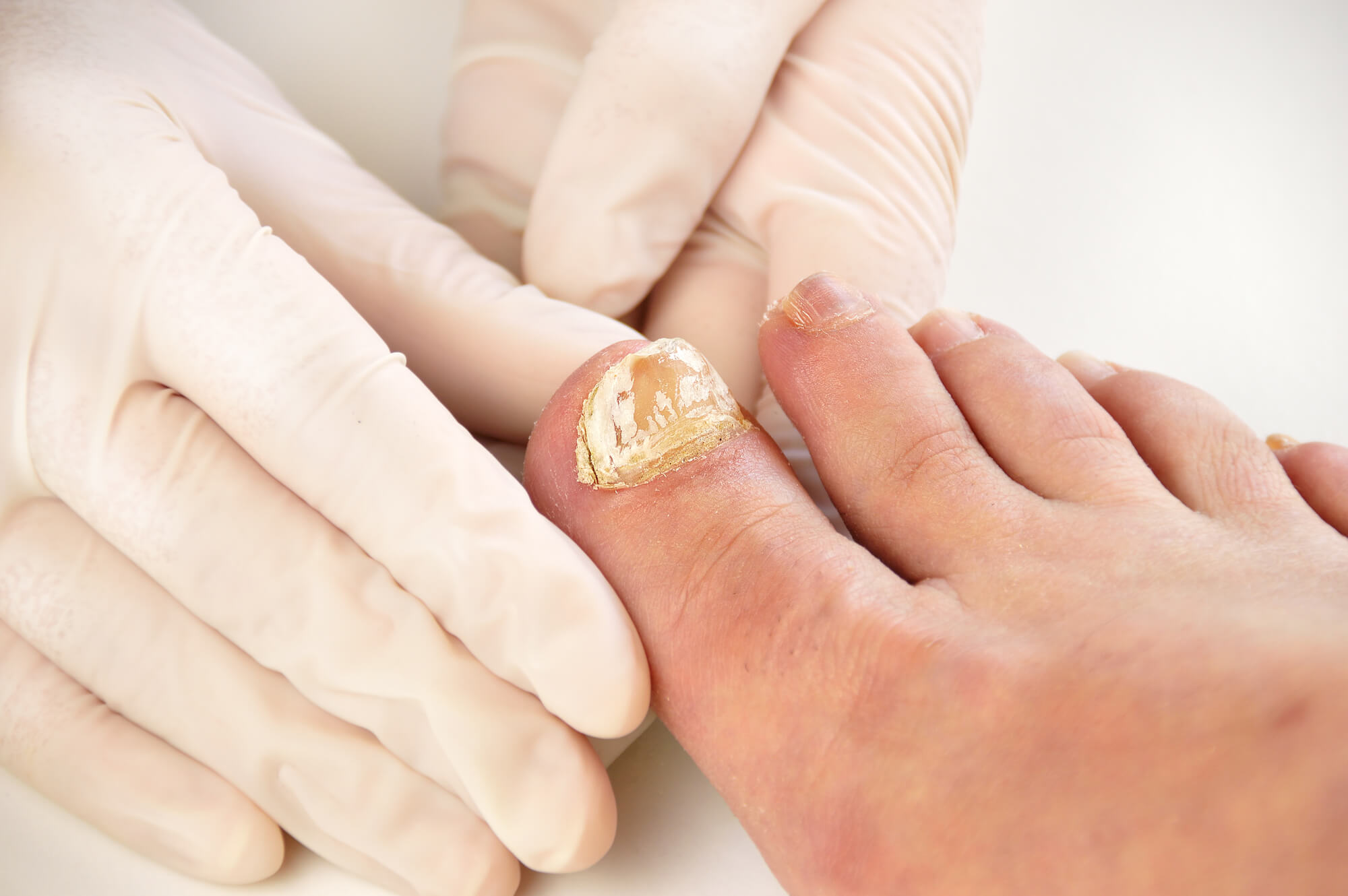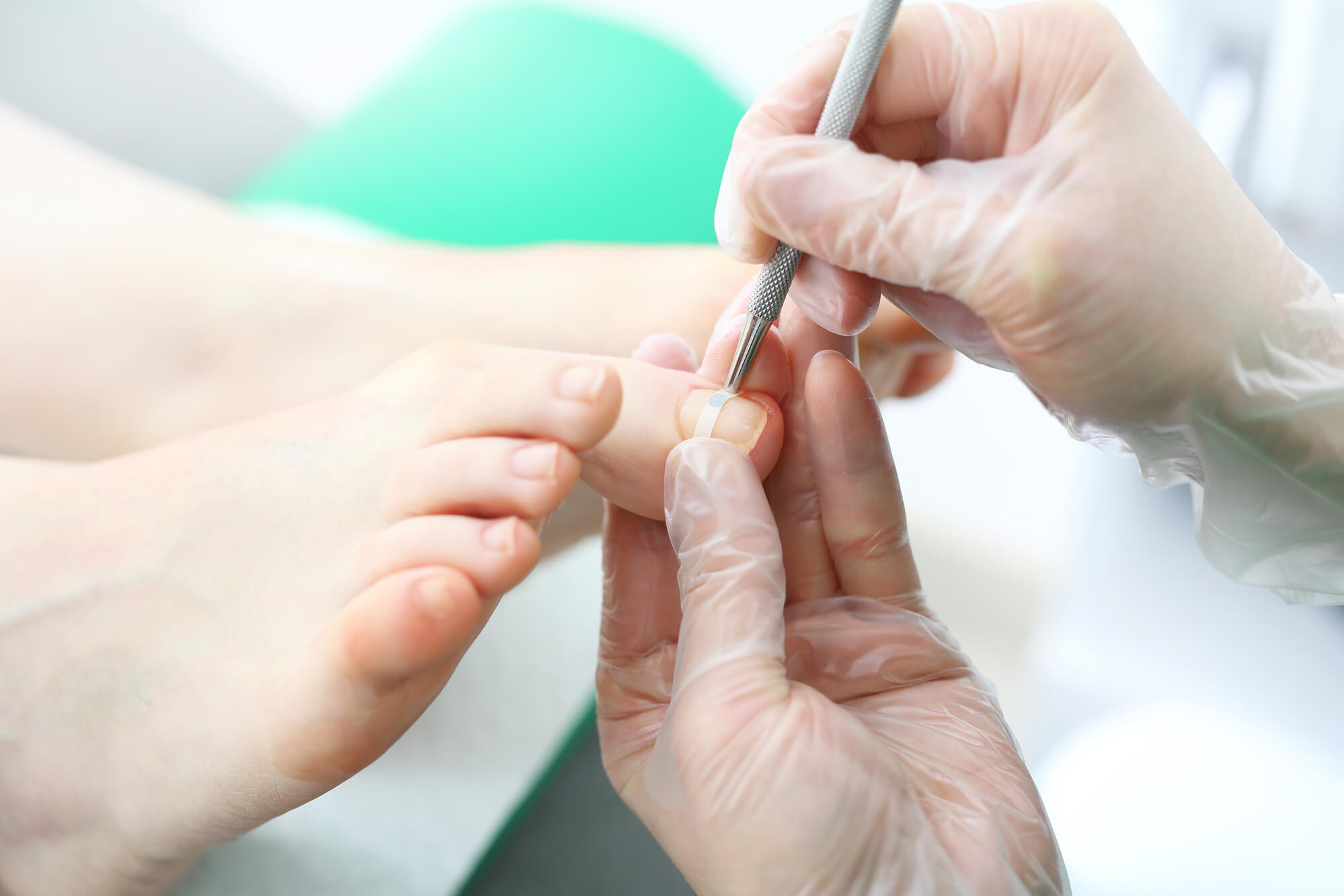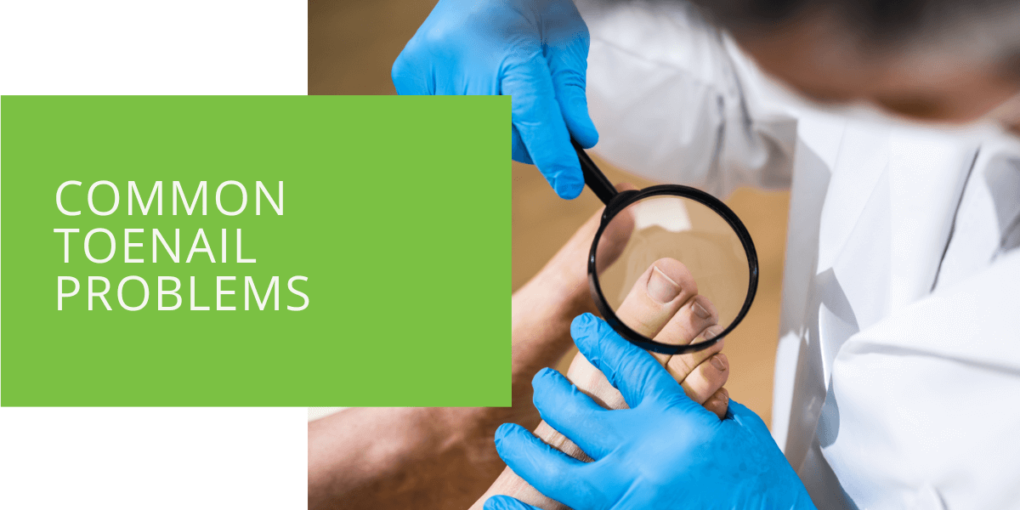Common Toenail Problems
Toenail problems are a common concern for many people. These issues can range from fungal infections to ingrown toenails to trauma-related injuries. Proper nail care is crucial in preventing and treating these problems. This article will explore the causes, symptoms, and treatment options for some of the most common toenail problems.
Fungal Infections
Fungal infections, also known as toenail fungus or nail fungus, are a common problem that affects the toenails. Various fungi, including dermatophytes, yeasts, and molds, cause these infections. They can be contracted by walking barefoot in public places such as swimming pools, showers, and locker rooms. They can also be contracted by sharing nail clippers or other personal grooming items.
Symptoms of a fungal infection include thickening of the toenail, discoloration (white, yellow, or brown), and separation from the nail bed. The nail may also become distorted in shape and cause pain. A podiatrist or dermatologist can diagnose fungal infections through an examination of the affected nails.
Treatment options for fungal infections include antifungal medications, often in the form of oral or topical drugs. Trimming and thinning the nails can also help to reduce the thickness caused by the fungus. In severe cases, a doctor may recommend removing the affected nail.

Ingrown Toenails
Ingrown toenails occur when the edges of the nails grow into the skin, resulting in pain, redness, and inflammation. These can be caused by improper nail trimming, wearing tight shoes, or hereditary factors. They are most commonly found in the big toes.
Symptoms of an ingrown toenail include pain and redness along the side of the nail, as well as swelling and possibly infection. If you suspect you have an ingrown toenail, you should see a podiatrist for proper diagnosis and treatment.
Prevention and treatment options for ingrown toenails include proper nail trimming techniques, such as cutting straight across the nail rather than rounding the corners. Avoiding tight-fitting shoes and keeping the feet clean and dry can also help to prevent ingrown toenails. In cases of infection or severe pain, a podiatrist may recommend removing part of the nail or prescribing antibiotics.

Toenail Trauma
Toenail trauma can occur from various causes, such as stubbing a toe or dropping a heavy object on the foot. Symptoms of toenail trauma include pain, swelling, and discoloration of the affected nail. The nail may become loose or even detached from the nail bed in severe cases.
Diagnosis of toenail trauma can be made through a physical examination by a doctor. Treatment options include rest, elevation, and ice to reduce swelling. Sometimes, a doctor may recommend a protective covering for the affected toe. If the nail is severely damaged, it may need to be removed.
Other Toenail Problems
Various factors, including fungal infections, psoriasis, and other medical conditions, can cause discoloration, thickening, and abnormal shape of the toenails. Risk factors include poor nail care, injuries, and a lack of proper nutrition.
If you notice any changes in the appearance or shape of your toenails, it is best to see a podiatrist or dermatologist for proper diagnosis and treatment. They may perform a nail biopsy or recommend laboratory tests to determine the underlying cause.
Treatment options for these other toenail problems will vary depending on the underlying cause. In some cases, medications or topical creams may be prescribed to treat underlying conditions such as psoriasis. In other cases, proper nail care techniques, such as keeping the nails clean and dry, and avoiding tight-fitting shoes, can help to prevent further damage.
Preventing Toenail Problems
Proper nail care is crucial in preventing and treating toenail problems. Here are some tips for maintaining healthy nails:
- Keep your nails clean and dry
- Trim your nails regularly and cut them straight across
- Wear shoes that fit well and provide enough room for your toes
- Avoid going barefoot in public places, such as swimming pools and locker rooms
- Avoid sharing personal grooming items, such as nail clippers
When to see a podiatrist:
- If you have diabetes or other conditions that affect circulation to your feet
- If you have a history of toenail problems
- If you have thick, discolored, or distorted nails
- If you have pain or redness around your nails
- If you have difficulty trimming your nails
- If you have difficulty reaching your feet
Conclusion
Toenail problems can be a nuisance and even a source of pain and discomfort. It is important to be aware of the various types of toenail problems and take the necessary steps to prevent them. Fungal infections, ingrown toenails, and trauma-related injuries are some of the most common toenail problems, but many other potential issues can arise.
It is crucial to seek professional advice from a podiatrist or a dermatologist if you suspect you have a toenail problem, as they can help you properly diagnose and treat the issue. Moreover, proper nail care, such as keeping nails clean and dry, trimming them straight across, and avoiding tight-fitting shoes, can prevent many toenail problems.
FAQ
What does a toenail look like with fungus?
A toenail with fungus may appear thickened, discolored (usually yellow or brown), and brittle. The nail may also separate from the nail bed and cause pain or discomfort. The fungus can cause the nail to become misshapen or deformed in severe cases.
What is the most common and most painful toenail problem?
Ingrown toenails are one of the most common and painful toenail problems. They occur when the edges of the nail dig into the surrounding skin, causing pain and inflammation. Fungal infections can also be painful and cause the nail to thicken and discolor.
Can toenails indicate a health problem?
Toenails can indicate a health problem, such as a fungal or bacterial infection, an autoimmune disorder, or a circulation problem. Changes in the appearance of the nails, such as discoloration, thickening, or separation from the nail bed, may be a sign of a deeper issue. You must see a podiatrist or dermatologist for proper diagnosis and treatment if you notice any unusual changes in your toenails.
When should I be concerned about my toenails?
You should be concerned about your toenails if you notice any changes in their appearance, such as discoloration, thickening, or separation from the nail bed. Additionally, if you experience pain or discomfort around your nails, you must see a podiatrist or dermatologist for proper diagnosis and treatment.
What diseases affect toenails?
Various diseases, including fungal infections, psoriasis, diabetes, and autoimmune disorders, can cause toenail problems. It's important to see a podiatrist or dermatologist if you suspect you have a toenail problem so that they can properly diagnose and treat the issue.

